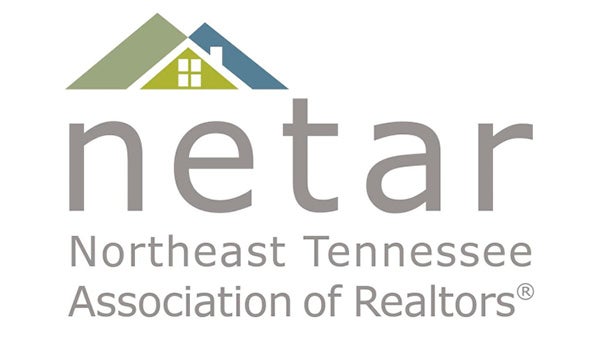More homes selling below the asking price than above
Published 8:07 am Wednesday, October 12, 2022
|
Getting your Trinity Audio player ready...
|
BY RICK CHANTRY
NETAR President
We’re ten months into the year and the local market has reached an inflection point. It’s clear that a slow transition is underway. But unless something unforeseen pops up, don’t expect big price reductions. Prices tend to move slowly — even under today’s hectic market conditions.
September’s middle market price was $235,000, down from $245,000, where it settled in July and August. That’s not much relief for buyers. It’s almost 15% higher than this time last year and 56.7% higher than it was before the pandemic.
Our typical price peaked at $250,000 in May and has been slowly softening ever since. So far this year, the median sales price has been increasing at a little better than 1.1 percent per month. A safe expectation for the 2022 annual appreciation is still in the double-digit range. Last year’s annual increase was 17.6%. The year before was 11.1%.
Another signal that a change is underway is there were more discounted sales last month than those made above the asking price. There were also fewer multiple offers. At the same time, the typical listing price increased by almost $10,000 in September to an all-time high. Maybe sellers are adding some padding in expectation of tougher negotiations with the opportunity buyers. Opportunity buyers are those who rely on wealth rather than income for their purchases.
While these are signs that the market is becoming a little more friendly to some buyers, others are being forced onto the sidelines by higher monthly mortgage rates. Since most of the local sales are made with less than a 20% down payment buyers are paying private mortgage insurance that increases the monthly payment. That’s where affordability enters the picture.
The recommended level of spending on housing is 25% of a person’s or family’s income. Once it reaches 30%, they’re in what’s called a housing-stressed position. It’s noteworthy that over half of the Tri-Cities renters spend 30% or more of their income on housing. Some are spending 50%.
The $20,000 question is how long will the transition take before the market reaches somewhat balanced conditions. That would require some pretty big short-term changes, and things like home prices tend to be slow movers. Balanced conditions are usually defined as five to six months of inventory. The Tri-Cities market hasn’t seen that since the first quarter of 2018.





